Perk Up with 6 Tasteful Malaysian Drinks
Lighten your mood and rejuvenate your senses with 6 must-try Malaysian drinks!
Discover the authentic in Asian cuisine food
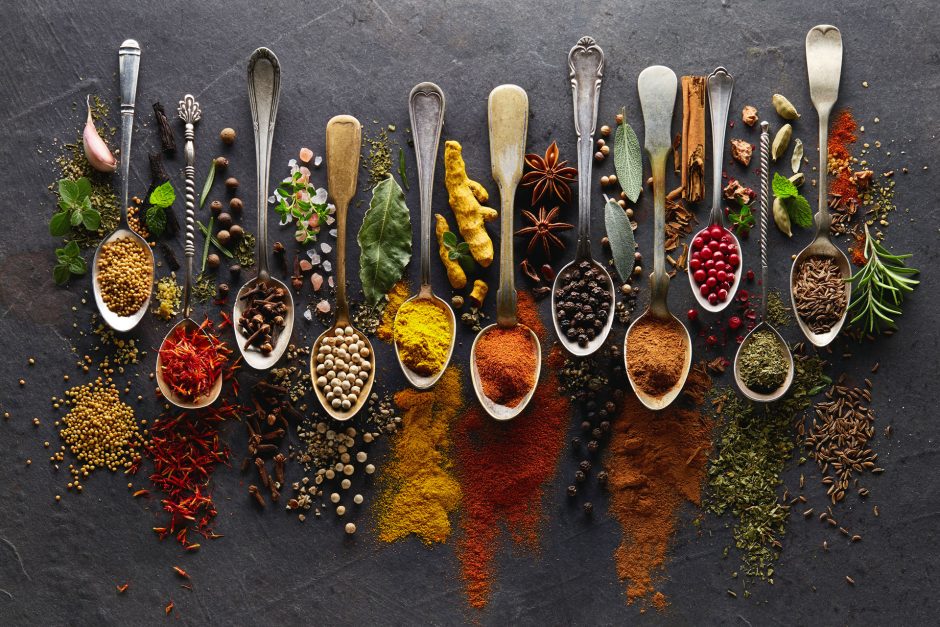
Curry paste is a staple of Thai food, as well as Malaysian food, but is one of those things that most home cooks are too intimidated to make. And I get it, the ingredients list alone would make George R.R. Martin feel inadequate.
But here’s the thing: it’s actually really easy. Seriously! And you get to go down to your local Asian grocer and ask for cool stuff like galangal and lesser galangal—don’t confuse them—and check out all the cool chillies and spices and get lost in the colour and the smells and the foody-ness of the place.
Anyway, what I’m trying to say is, making curry paste as a process is super easy. Shop, prepare and chuck it all in a food processor and press pulse. Voila! Curry paste!
Now that we’ve completely convinced you to give it a go, here are some things to remember when you make your curry paste to cook up delicious Thai food at home. Keep these in mind and you’re going to have something delicious that will last you a pretty long time!
Spices and aromatics are the fuel that the curry paste runs on. So sure, a car can run for a while on a ¼ tank, but fill it to the brim and you can drive for days! And so it goes with curry paste. Remember, most recipes are conservative when it comes to the amount of garlic, chilli and herbs used, so if there’s a flavour you like, chuck some more in! Most big supermarkets sell spices in misleadingly small packets. Luckily, Asian grocers sell properly sized packets and properly hot chillies for you to mince up and add. Basically, you’ve got the green light to go nuts. When was the last time you complained that a curry had too much flavour?
Garlic, ginger and onion are 3 of the key flavour elements of any good paste. This triumvirate provides the deep flavour base, similar to onion, carrot and celery in the traditional European cooking. Again, the decision is yours, but a longer, slower cook will provide greater intensity of flavour than a quick fry and dump, so choose wisely.
This may seem like an easy assumption to make, but not all curry pastes translate universally. Massaman, with its sour tamarind flavours, works brilliantly with fish, beef and lamb, but less well with chicken or fatty pork belly. Likewise, a green curry paste will overpower and clash with gamier meats like beef and lamb but will add zing and power to subtler proteins like chicken and prawns.
What I’m trying to say is this—if your curry doesn’t work out, it might be because your ingredients didn’t match the delicious flavour bomb you prepared earlier.
Ok, so we’ve got the basics sorted. Now it’s time to add a few tricks of the trade.

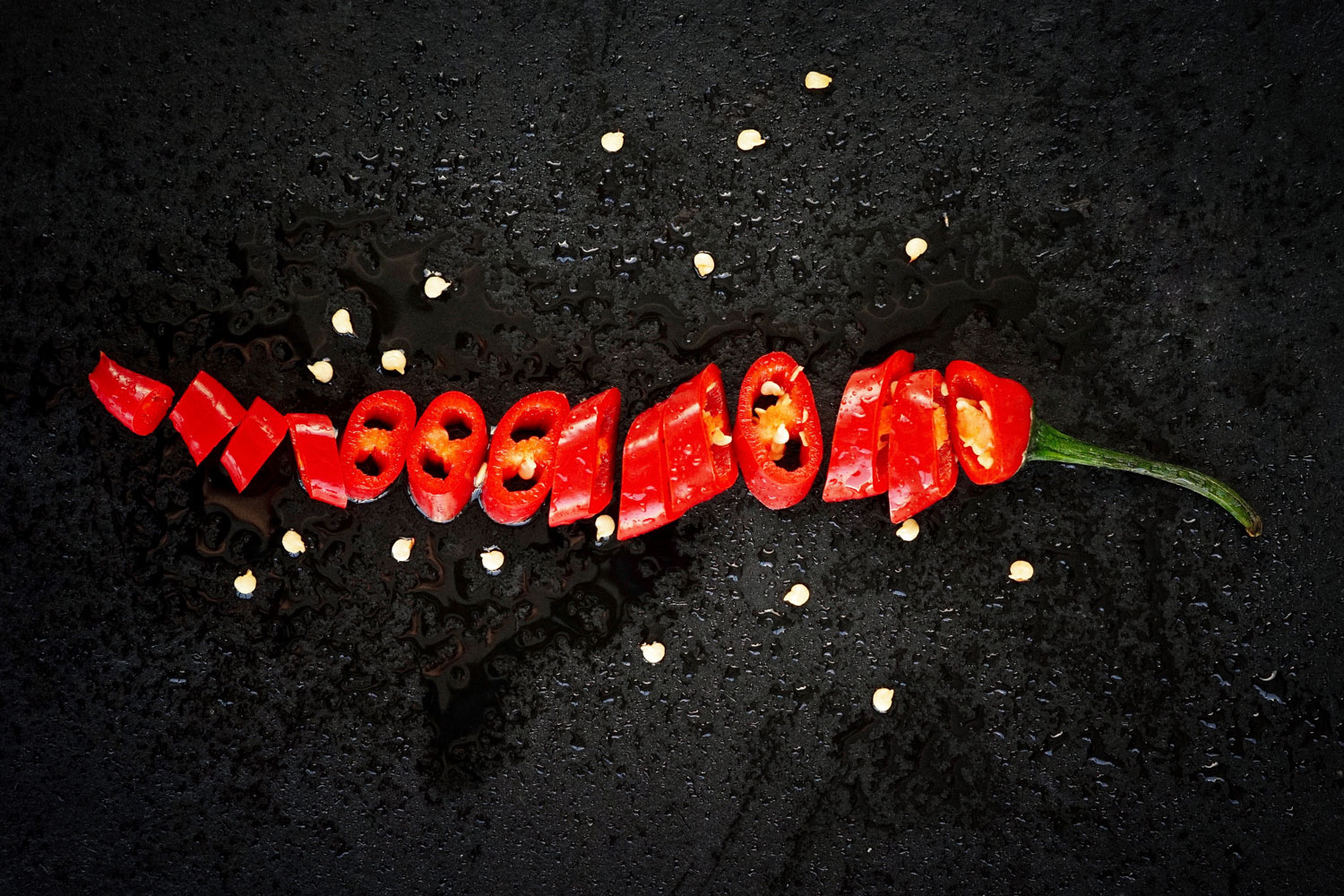

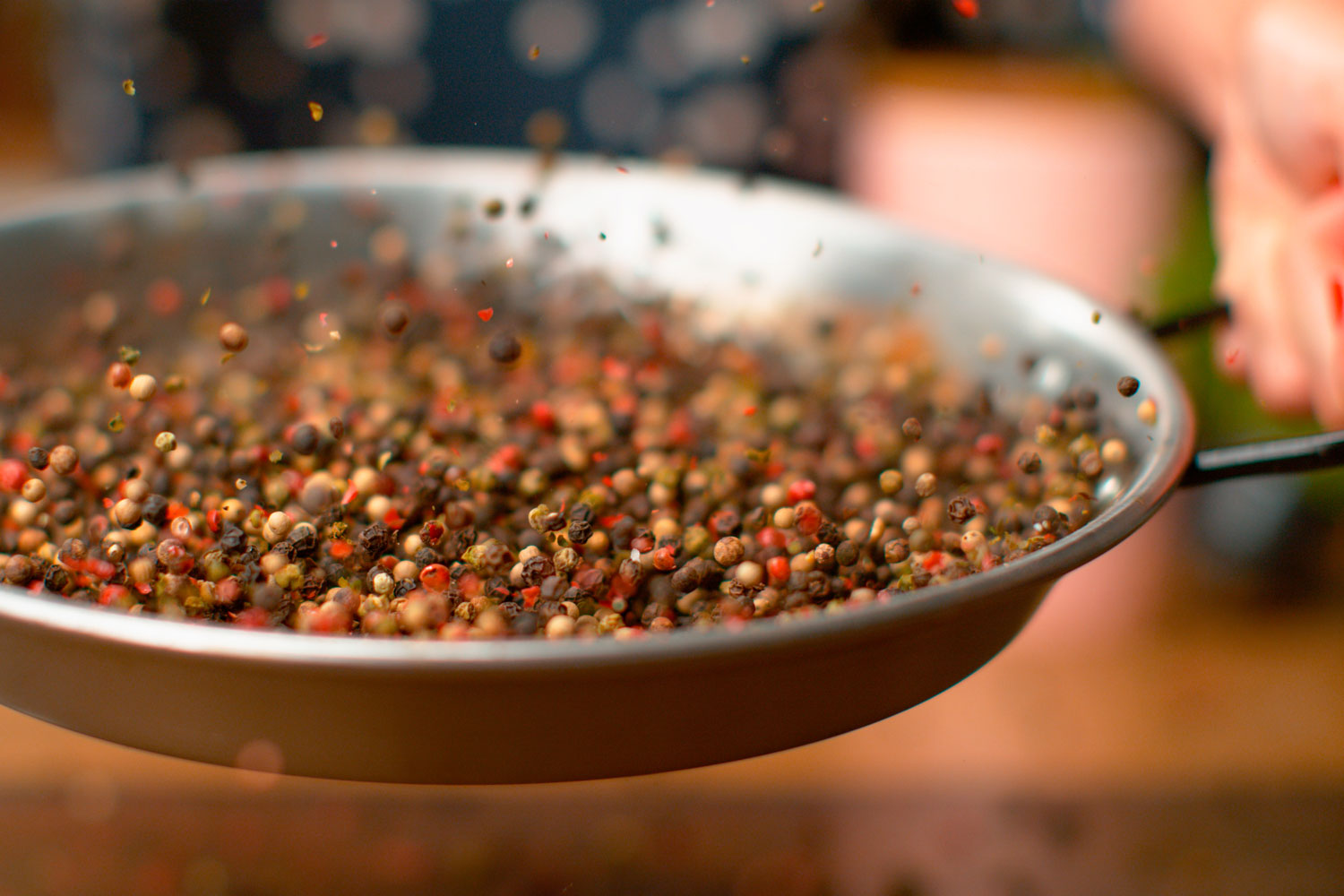
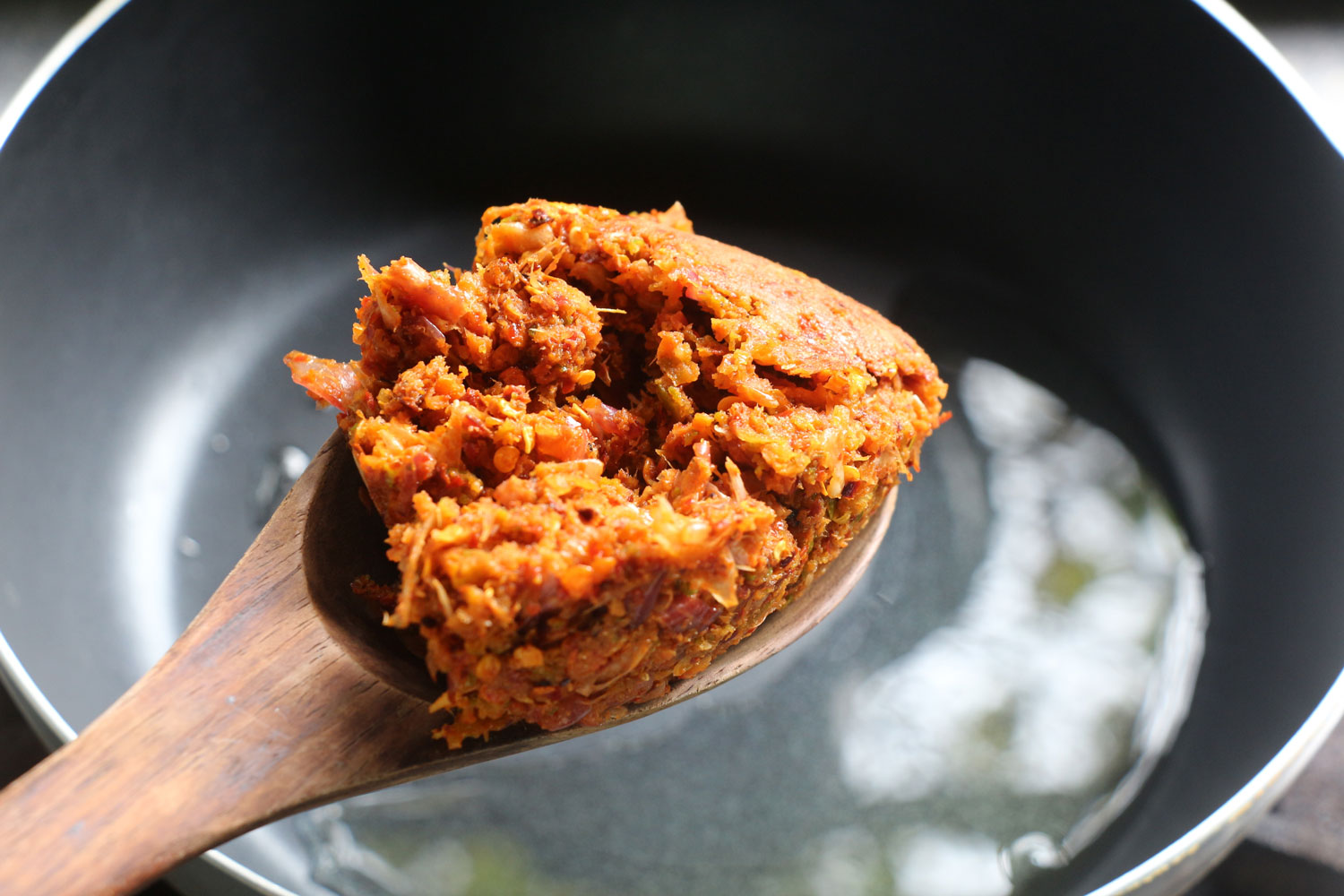
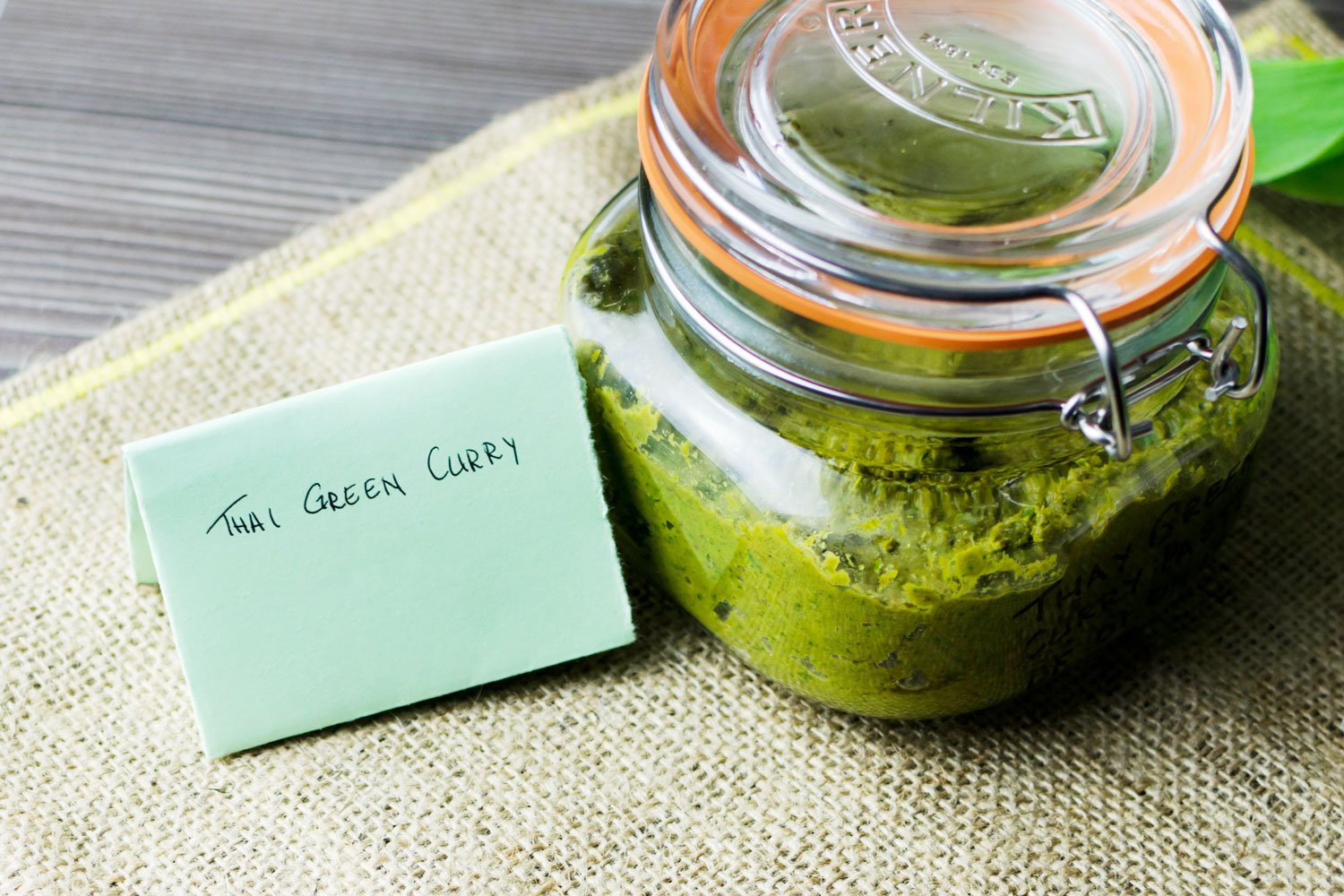

Lighten your mood and rejuvenate your senses with 6 must-try Malaysian drinks!

Pair your hearty barbecues with these refreshing Asian delights!

What are the properties of ginger, and how to pick, store and use ginger in your cooking? Find out here!